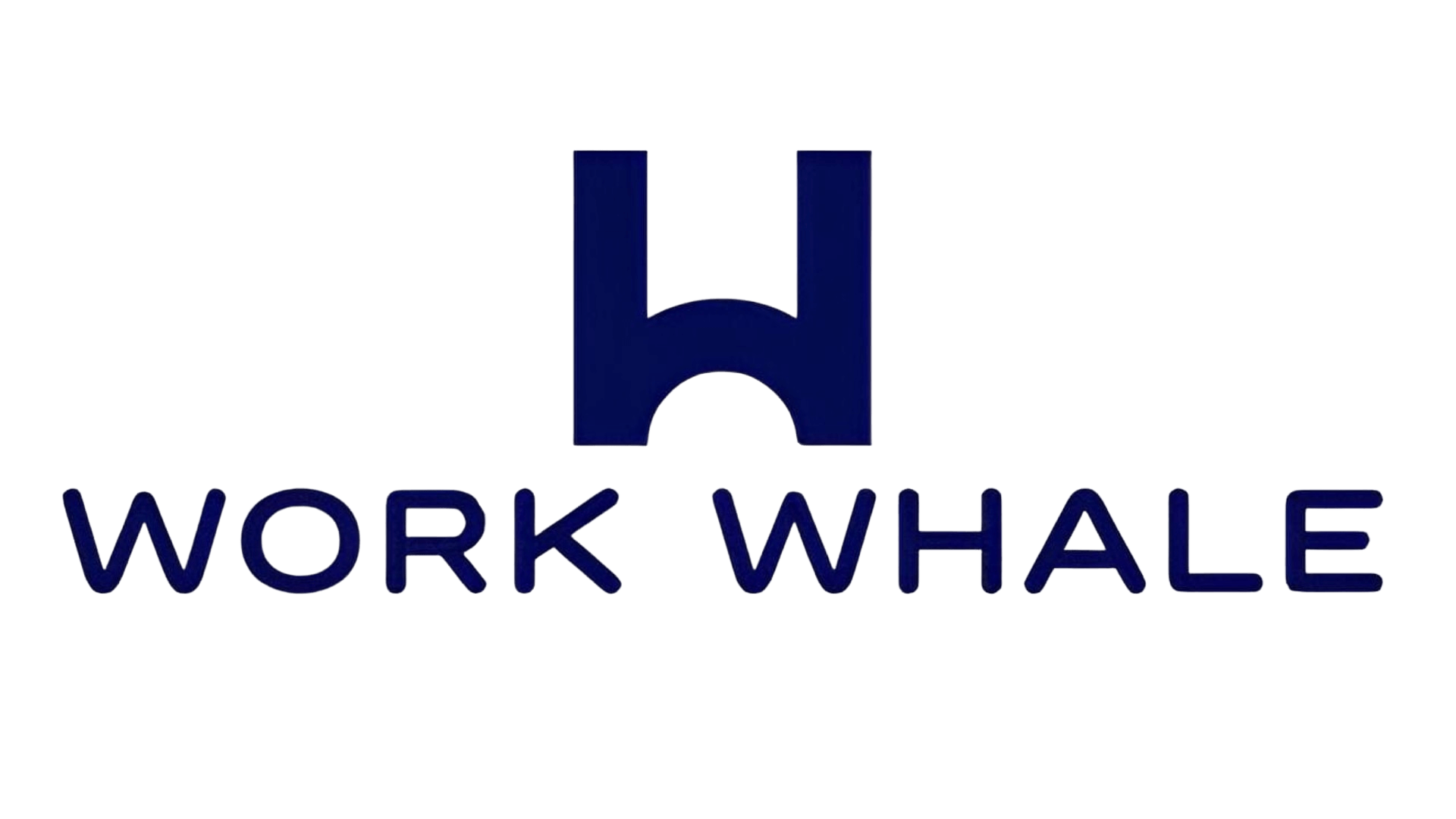In the world of data visualization, funnel charts stand out as powerful tools for illustrating the various stages of a process or customer journey. Whether you’re tracking sales, marketing conversions, or any step-by-step progression, funnel charts offer a visually engaging way to represent data. This comprehensive guide aims to explore the purpose, creation, and best practices for using funnel charts to unlock insights and enhance decision-making.
Understanding Funnel Charts:
Funnel charts are graphical representations that depict the sequential stages of a process, highlighting the narrowing or progression of data from the initial stage to the final outcome. Commonly shaped like a funnel, these charts help visualize how data is filtered or transformed at each step.
Applications of Funnel Charts:
Sales Pipelines:
Visualizing the sales process from lead generation to conversion.
Marketing Funnels:
Analyzing customer journeys from awareness to purchase.
Recruitment Processes:
Tracking candidate progression through hiring stages.
Website Conversion Rates:
Illustrating user interaction from visits to conversions.
Types of Funnel Charts:
Vertical Funnel Chart:
Represents stages from top to bottom, resembling a traditional funnel shape.
Horizontal Funnel Chart:
Depicts stages from left to right, offering an alternative layout.
Pyramid Funnel Chart:
Resembles an inverted pyramid, with the widest section at the top.
Creating Funnel Charts:
Choose the Right Data:
Funnel charts typically require data with sequential stages and corresponding values.
Select a Charting Tool:
Use spreadsheet software like Excel, specialized data visualization tools, or programming languages like Python or R.
Input Data:
Organize data columns for stages and values, ensuring accurate representation.
Generate Chart:
Apply the funnel chart function based on your chosen tool, adjusting parameters for customization.
Best Practices for Funnel Charts:
Consistent Data Labels:
Ensure clarity by using consistent and concise labels for each stage.
Color Coding:
Utilize colors strategically to highlight important stages or draw attention to specific data points.
Annotations:
Add annotations to provide additional context or explanations for specific data points.
Axis Scaling:
Choose appropriate scaling to avoid distortion and accurately represent data proportions.
Keep It Simple:
Eliminate unnecessary details or decorations to maintain focus on the key information.
Interpreting Funnel Charts:
Identifying Bottlenecks:
Pinpoint areas where the funnel narrows, indicating potential challenges or drop-offs in the process.
Analyzing Conversion Rates:
Assess the ratio of one stage to the next, identifying conversion rates and potential improvements.
Comparative Analysis:
Compare funnel charts over different time periods or across segments to identify trends and patterns.
Common Mistakes to Avoid:
Inconsistent Stage Definitions:
Ensure uniformity in defining each stage to prevent confusion.
Misleading Scaling:
Be cautious with scaling to avoid misrepresentation of data.
Overcomplicated Design:
Keep the design simple and focused on conveying the essential information.
Dynamic and Interactive Funnel Charts:
Animation:
Introduce animation to illustrate the flow of data through the funnel stages dynamically.
Interactive Elements:
Implement interactive features for users to explore specific data points or customize their view.
Conclusion:
Funnel charts serve as valuable assets in the world of data visualization, offering a clear and engaging way to represent sequential processes and customer journeys. By understanding their applications, best practices, and potential pitfalls, individuals and businesses can leverage funnel charts to make informed decisions, identify opportunities for improvement, and visualize success at every stage of their endeavors.






